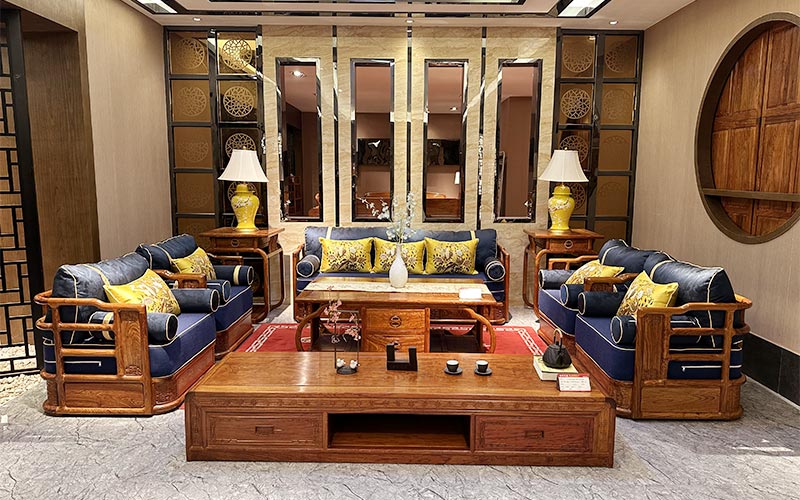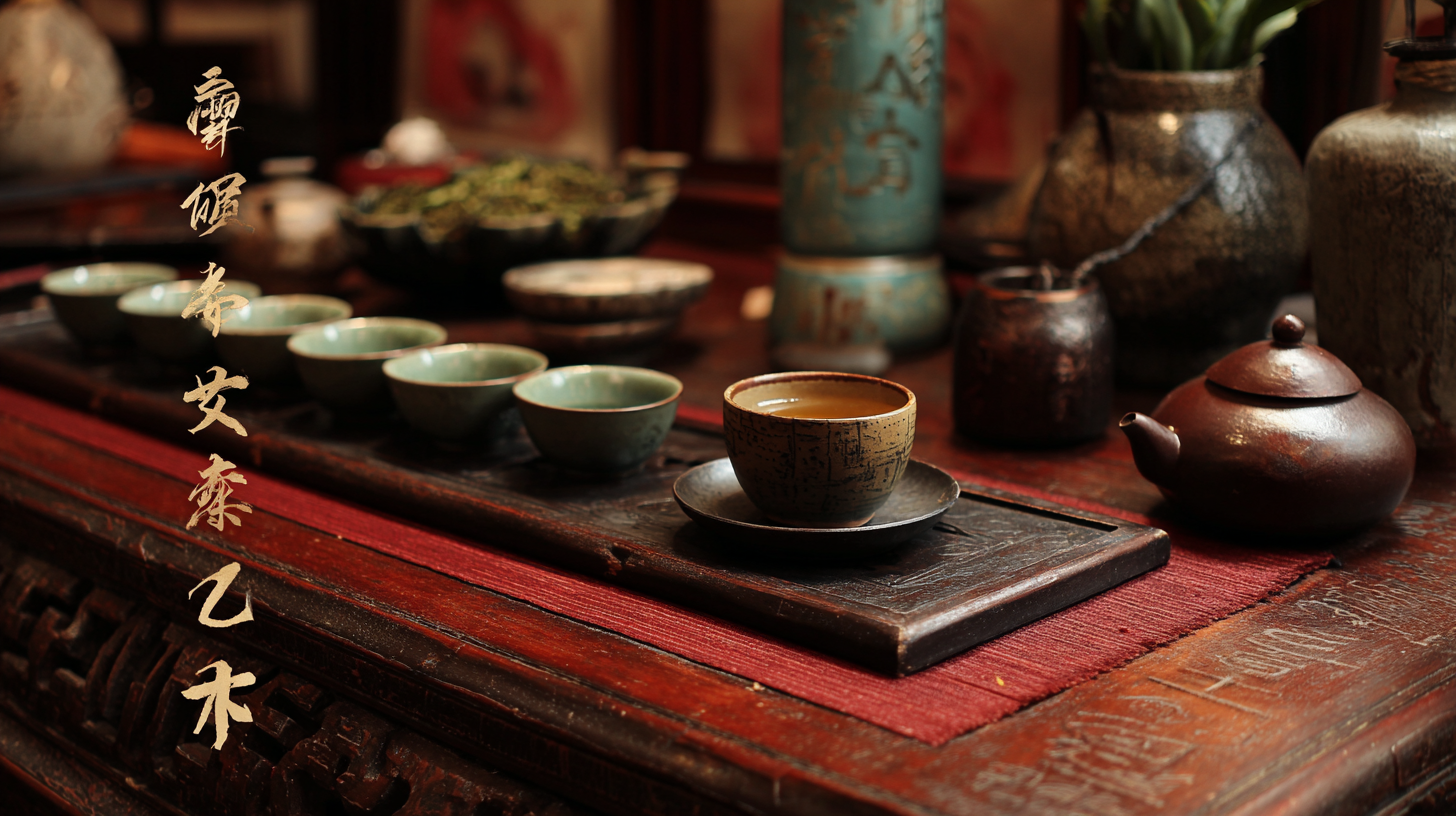Ultimate Checklist for Sourcing the Best Chinese Tea Table for Your Business Needs
In the thriving realm of home decor and furniture, the demand for quality Chinese Tea Tables has seen a significant surge, with reports indicating a projected market growth of 5.6% annually over the next five years. These elegant pieces not only embody rich cultural heritage but also serve as functional centerpieces in both residential and commercial settings. With an increasing number of businesses recognizing the allure of authentic Chinese craftsmanship, sourcing the best Chinese Tea Table has become a critical decision for retailers and restaurateurs alike. To navigate this landscape effectively, understanding the nuances of design, material quality, and supplier reliability is essential.
This ultimate checklist will guide you through the essential considerations needed to select the perfect Chinese Tea Table that meets your business needs while appealing to your target customers.
Understanding the Essential Features of a Quality Chinese Tea Table
When sourcing a quality Chinese tea table, it’s essential to understand the features that contribute to its overall functionality and aesthetic appeal. First and foremost, consider the material used in the table’s construction. Traditional Chinese tea tables are often made from hardwoods such as rosewood or elm, which not only provide durability but also emit an elegant presence. The grain and color of the wood can greatly affect the table’s appearance, so look for tables with rich textures that complement your interior design.
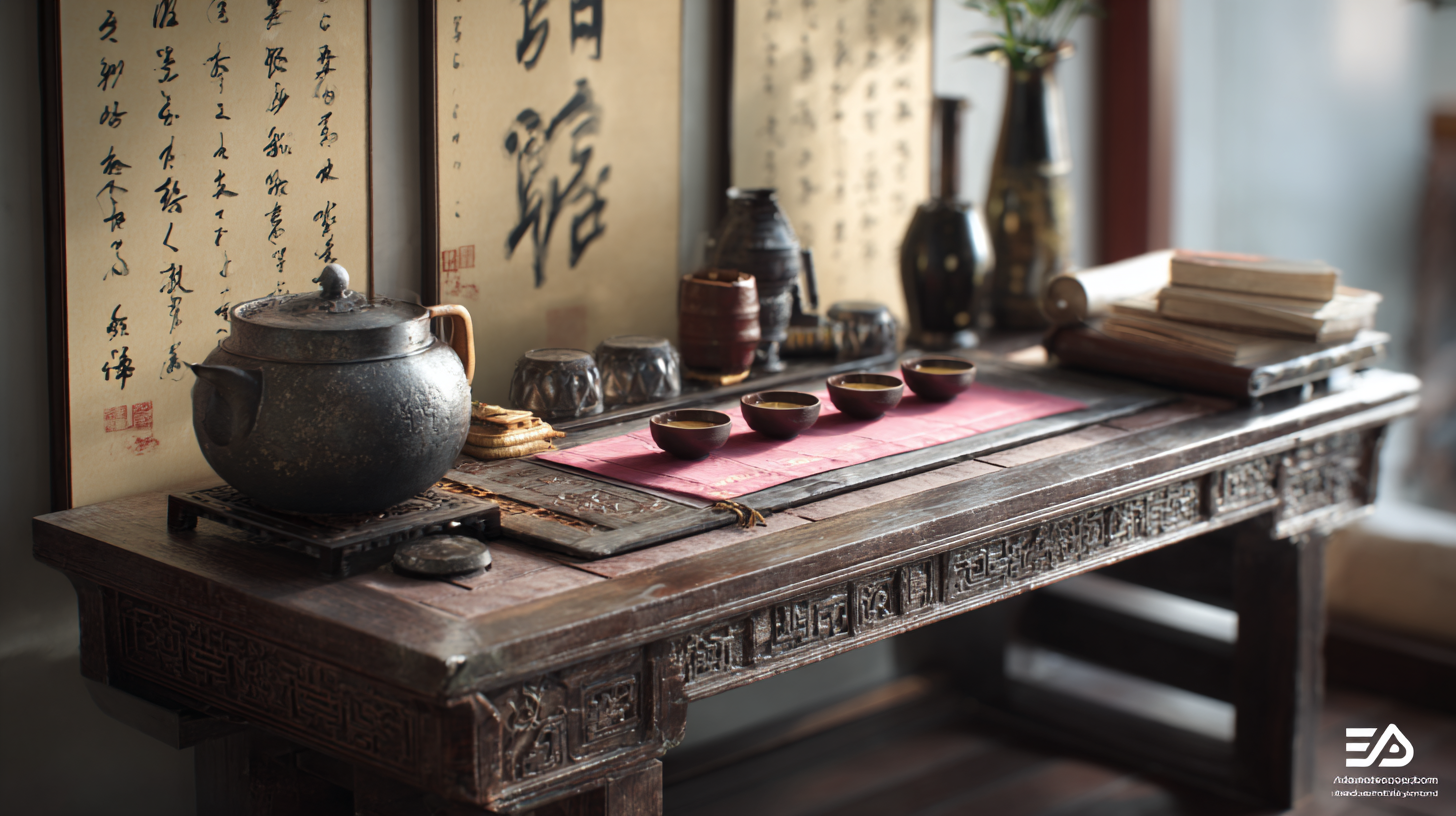
Another critical feature to assess is the design and size of the tea table. A well-designed tea table will have a height that allows comfortable seating arrangements, while also accommodating various styles of tea service. Look for tables that include storage options, such as drawers or shelves, to keep tea utensils neatly organized. Additionally, cultural elements such as carvings or inlays can add a unique touch, making the table not just a functional piece but also a conversation starter. Ultimately, investing time in assessing these essential features will ensure that you select a Chinese tea table that meets your business needs while enhancing the overall atmosphere.
Selecting the Right Materials: Durability and Aesthetic Appeal
When selecting the right materials for Chinese tea tables, durability and aesthetic appeal are paramount. According to market trends, the quartz stone market is projected to see significant growth from a valuation of approximately $579.29 million in 2025, rising to about $2 billion by 2033, with a compound annual growth rate (CAGR) of 14.13%. This data underscores the increasing popularity of quartz as a choice for furniture due to its resilience and visual appeal, making it a suitable option for tea table surfaces that withstand daily use while maintaining an elegant look.
In parallel, the marble market is valued at $71.73 billion in 2023, with expectations to grow from $69.52 million in 2024 to nearly $93.53 million by 2032, showcasing a robust demand for natural stone in various applications. The timelessness and luxe quality of marble enhance the aesthetic appeal, aligning perfectly with the traditional and modern designs needed for a tea table. Therefore, integrating materials like quartz and marble provides both durability and beauty, catering to the evolving preferences of businesses that focus on sustainable and high-quality home furnishings.
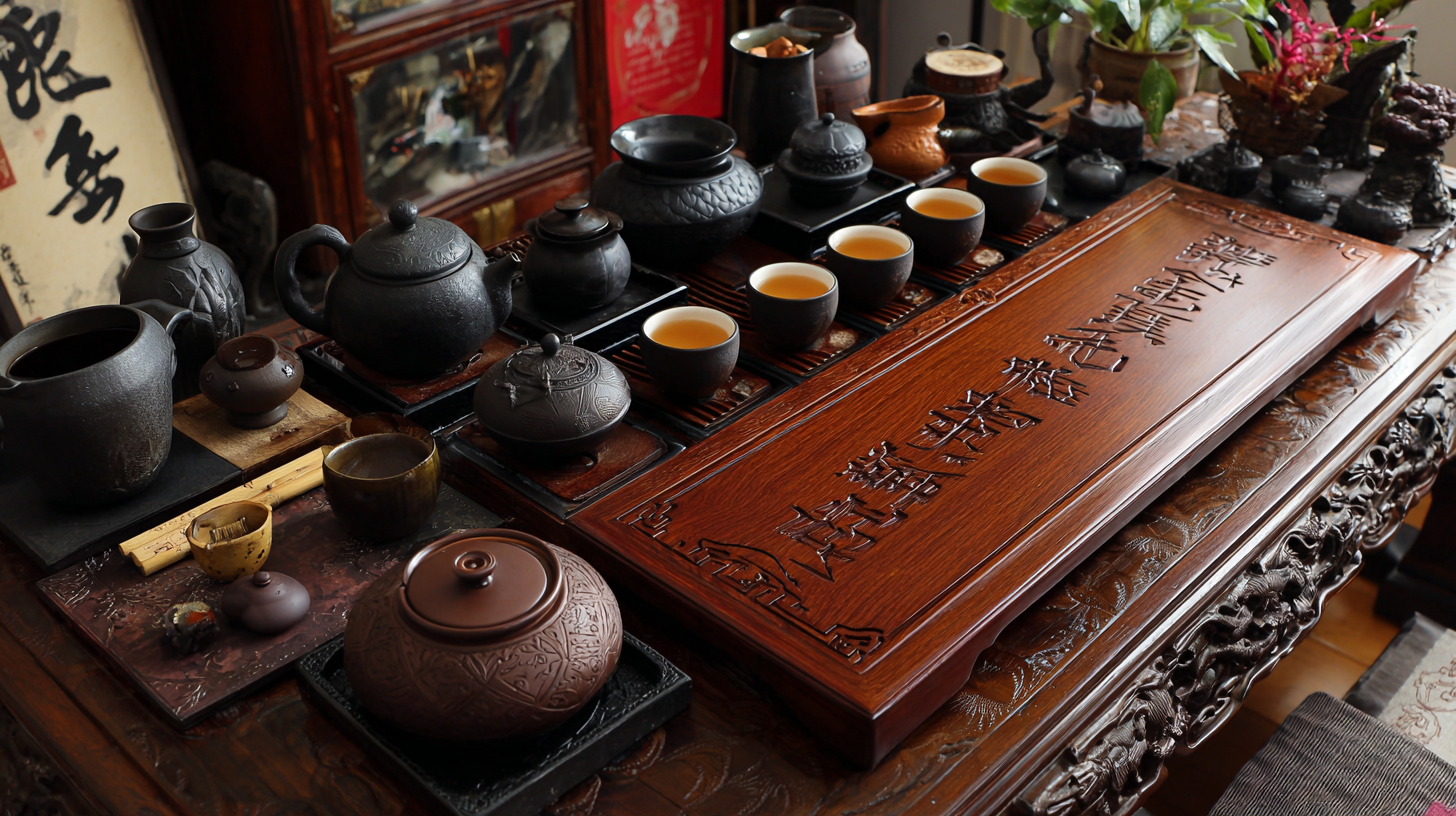
Sizing Your Tea Table: Finding the Perfect Fit for Your Space
When sourcing a tea table for your business, sizing is a critical factor that significantly impacts both functionality and aesthetics. According to a report from the International Tea Market Research Group, the right table size can increase customer engagement by up to 25%, as it allows for comfortable spacing and interaction. Therefore, meticulously measuring your available space and understanding your customer flow is essential. Ideally, the tea table should complement the seating arrangement while offering enough room for movement around it, allowing patrons to enjoy their tea without feeling cramped.
The dimensions of the tea table should align with the type of services you offer. For instance, if you're operating in a high-traffic area or a tea shop where customers linger, experts recommend tables that are approximately 30-36 inches in height, providing ample surface space for tea sets and snacks. Additionally, consider the width—tables that are 24-30 inches wide facilitate easier access to tea paraphernalia. The National Retail Federation highlights that businesses with well-structured seating and appropriate table sizing can enhance the customer experience, ultimately leading to increased sales and repeat visits.
Ultimate Checklist for Sourcing the Best Chinese Tea Table for Your Business Needs - Sizing Your Tea Table: Finding the Perfect Fit for Your Space
| Dimension |
Size (L x W x H) |
Capacity |
Recommended Space Size |
Style |
| Small |
24" x 18" x 18" |
2-4 persons |
20-30 sq ft |
Modern |
| Medium |
36" x 24" x 18" |
4-6 persons |
30-50 sq ft |
Traditional |
| Large |
48" x 30" x 18" |
6-8 persons |
50+ sq ft |
Contemporary |
Cultural Elements to Consider When Sourcing Chinese Tea Tables
When sourcing Chinese tea tables for your business, it's crucial to understand the cultural elements that influence design and functionality. According to a report by the International Tea Committee, tea drinking is deeply embedded in Chinese culture, with over 50% of the population engaged in this traditional practice. As a result, tea tables are not merely furniture but carry significant cultural symbolism, reflecting family values and hospitality. Sourcing the right tea table means appreciating these cultural nuances and ensuring they align with the ethos of your business.
In addition to aesthetics, consider the materials and craftsmanship of the tables. A survey by the China National Furniture Association indicates that over 70% of consumers prioritize sustainable materials and artisanal techniques when choosing furniture. This aligns with the growing trend towards eco-friendliness and authenticity in consumer preferences. Bamboo and reclaimed wood, for instance, are favored not only for their durability but also for their representation of harmony with nature, a core principle in Chinese philosophy. By factoring in these cultural elements, you can select tea tables that resonate with your clients and enhance the overall experience of tea drinking in a business setting.
Ultimate Checklist for Sourcing the Best Chinese Tea Table for Your Business Needs
This chart illustrates the importance rating of various cultural elements to consider when sourcing Chinese tea tables. Material quality is deemed the most important aspect, followed by design aesthetics and functionality.
Budgeting Wisely: How to Get the Best Value for Your Investment
When sourcing a Chinese tea table for your business, budgeting wisely is crucial to maximizing your investment. Start by determining a clear budget range that aligns with your financial capabilities while considering the table's potential impact on your customer experience. Factoring in materials, craftsmanship, and aesthetics will help in narrowing down your options. High-quality Chinese tea tables may come at a higher initial cost, but they can enhance your establishment's ambiance and longevity, ultimately offering better value over time.
Once you've established a budget, compare different suppliers to find the best prices without compromising on quality. Look for wholesalers or manufacturers that offer bulk purchasing discounts or payment plans. Additionally, exploring online marketplaces can provide various choices with competitive pricing. Remember, the goal is to strike a balance between cost and quality, ensuring that the tea table you choose not only meets your immediate needs but also stands the test of time, contributing to the overall success of your business.

